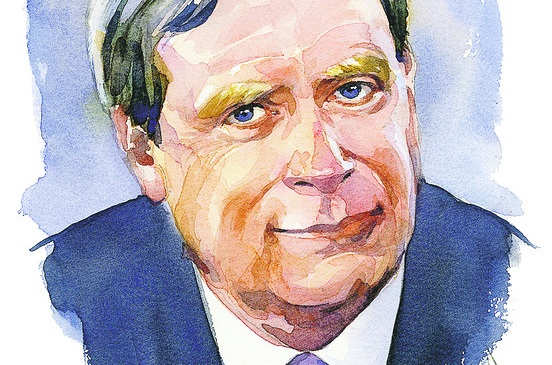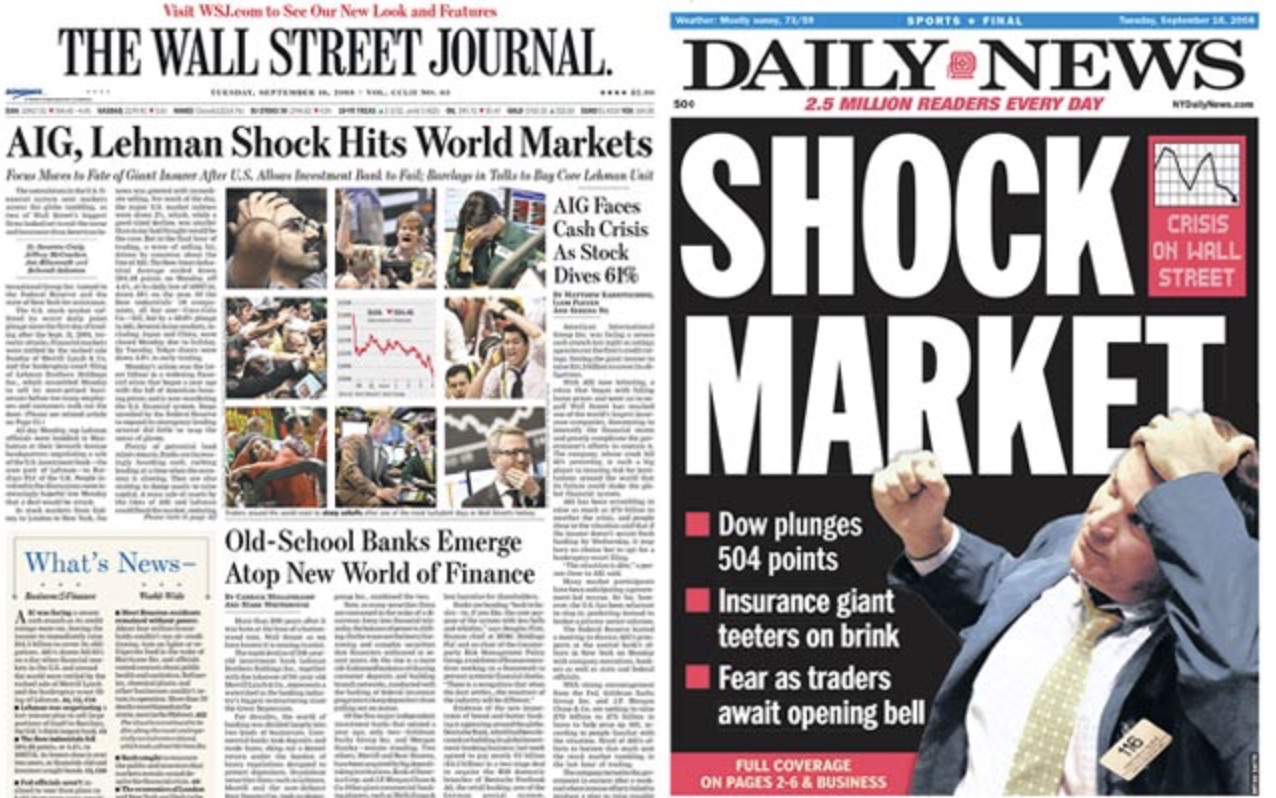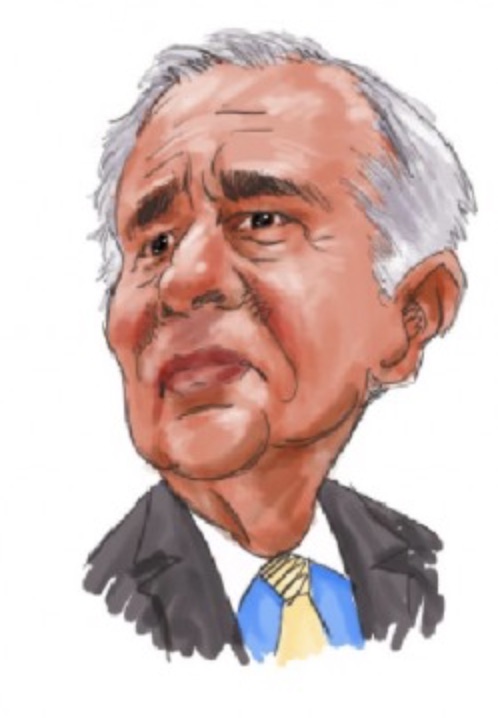‘Our economic system is designed to fail’ – Ron Paul

The current economic system is designed to fail, but so was socialism. That’s according to former GOP Congressman Ron Paul, who told RT’s Boom Bust show that we need to go toward a system of property ownership, voluntary contracts and individual liberty, while getting rid of central banks.
A new Harvard University poll shows that 51 per cent of young adults aged 18-29 oppose capitalism in its current form.
RT: Do you think this poll is just politics, or do you agree that there is something wrong with the US economic system as it operates today?
Ron Paul: I think the problem is all in semantics. When they say they oppose today’s capitalism, I oppose today’s so-called capitalism. I don’t even like the world “capitalism,” I like “free markets.” But if you say “free markets” and “capitalism”together, we don’t have that. We have interventionism. We have a planned economy, we have a welfare state, we have inflationism, we have central economic planning by a central bank, we have a belief in deficit financing. It is so far removed from free-market capitalism that it’s foolish for people to label it free market and capitalize on this and say: “We know it’s so bad. What we need is socialism.” That is a problem.
That is a problem in definitions and understanding of what kind of policies we have. I am a champion of free markets, but not of the current system that we have today. I am highly critical of it, because it is designed to fail. It is designed to reward the rich; it is designed inevitably to destroy the middle class, and also to finance some of the worst things in government: all the deficits with the welfare state and for the warfare state. So yes, it’s failing. People should reject what we have, but they shouldn’t reject liberty and freedom and sound economic policies, because that is not the problem. The problem is we don’t have enough free markets.
RT: In the same poll it is said that Senator Bernie Sanders, a self-described democratic socialist, has been the most popular candidate for America’s 18-29 year olds. Despite the fact that he is now losing steam, as we’ve seen on the campaign trail, what does it really say to you about what’s driving this voting pattern?
RP: He’s tapped into something, something that I’ve talked about for years and tapped into when I was a candidate. And that is to describe the frustrations, the evil, and the nonsense of what we have. The problem with Bernie and myself is that he sees it quite differently. He thinks that it’s too much freedom and too much capitalism. And I see it as too much government; it’s too much of interventionist planned economy, which leans itself to fascism. But the young people might not understand the economics and what free markets are really all about, and they don’t understand central banking. And Bernie doesn’t understand that we have to get rid of central planning – from the Central Bank – if we want to help these people.
The current economic system is designed to fail, but so was socialism. What we need to go toward is property ownership, voluntary contracts and individual liberty in getting rid of the central bank.
But yes, I am not a bit surprised – it is a good sign that they are upset and they ought to be. What I have in mind is to show them the difference between what we have and what we should have. And believe me, it is not going toward this ancient tradition of government and socialism. We’ve tested socialism. Socialism has been a complete failure. That is what the 20th century was all about, whether it was a fascist system in Germany, or the Soviet system of communism – this all has been a failure. So you don’t want to go toward socialism, you have to go toward property ownership, volunteer contracts and individual liberty in getting rid of the central bank. Then you might talk about a real alternative. But the young people have a justification; they are justified in detesting what we have, because it has served the rich and has really hurt the poor and the middle class.
RT: Some would argue that the data does signal a generational shift is under way here, in which more young people are receptive to bigger government, rather than smaller government right now. And the issues that young people care at this moment are low wages, jobs, student debt, income inequality, etc. You would probably argue that libertarianism can still best tackle those problems. How so?
RP: I don’t think the young people would. They might be sucked into believing that the government can give them a temporary benefit by raising a wage, but they just need a better understanding. But they are not for the big government when it comes to their personal liberties, their sexual habits, the civil liberties that they like. They like their privacy. So I don’t think they are looking for bigger government. The young people that I talked to – they are not looking for a bigger government and more militarism; they are not championing the person that wants to spend a lot more money on military and rebuild the military – that’s all big government.
But yes, they are tempted because of this lack of understanding to go along with bigger government, when it comes to trying to have a better economic system. This is a result of a hundred years of teaching our young people that government is necessary to redistribute wealth. And they do – they redistribute wealth – the more they try, the more the wealthy get wealthier. It redistributes it upward, and it ruins the middle class. That is what they have to understand. But they’re onto something and they should be justified in looking at this. But, as a group of people, the millennials are not looking for more government. Only in that economic sphere are they tempted to look at this. There are many others who declare themselves libertarians. They want less government in their lives and they want more privacy and they want [fewer] wars.
RT: When you ran for president four years ago, you had a message that resonated with young people. Your comments that fixing the economy should start with fixing foreign policy were very popular. Do those voters still exist and where did they go?
RP: I think a lot of them are sitting on their hands and rightfully so. How could they pick somebody that would champion those same views? But some who are just loosely connected, not well-informed and get led into believing that we have to have a super military force to rule the world, and police the world, and be occupying these countries - yes, they get tempted to go along with this. But the true believer in a free society – they are not champing at the bit to champion the cause of any of these candidates right now…
RT: Some of those voters might have gone over to Donald Trump. He is the frontrunner on the GOP side. The economy is still the most important issue for voters, and he has been most vocal about amending NAFTA, reducing taxes, building a wall between the US and Mexico, and so on. What is it really do you think at the end of the day? What is so appealing here to his voters?
RP: He has a personality, he has a megaphone, and he is getting the attention, and you don’t have anybody in particular out there talking about the real economic issues. But he is regressive… he is falling backward. He is going to the dark ages of thinking that he can go into mercantilism, protect natural resources, put on tariffs, and just bash and blame everybody else: The Mexicans, the Chinese. That is going to be devastating to the economy – it has nothing to do with freedom. It has to do with the opposite – it is an exaggeration of economic planning that we already have. So he is going in the wrong direction, just as Bernie is, even if they are both tapping into the disenchantment that… a lot of people have with what is happening.
The statements, views and opinions expressed in this column are solely those of the author and do not necessarily represent those of RT.







 Reminiscent Of The 2008 Global Collapse
Reminiscent Of The 2008 Global Collapse Carl Icahn Warns A Day Or Reckoning Is Coming
Carl Icahn Warns A Day Or Reckoning Is Coming More Billionaires Converting Their Fiat Money Into Gold
More Billionaires Converting Their Fiat Money Into Gold
